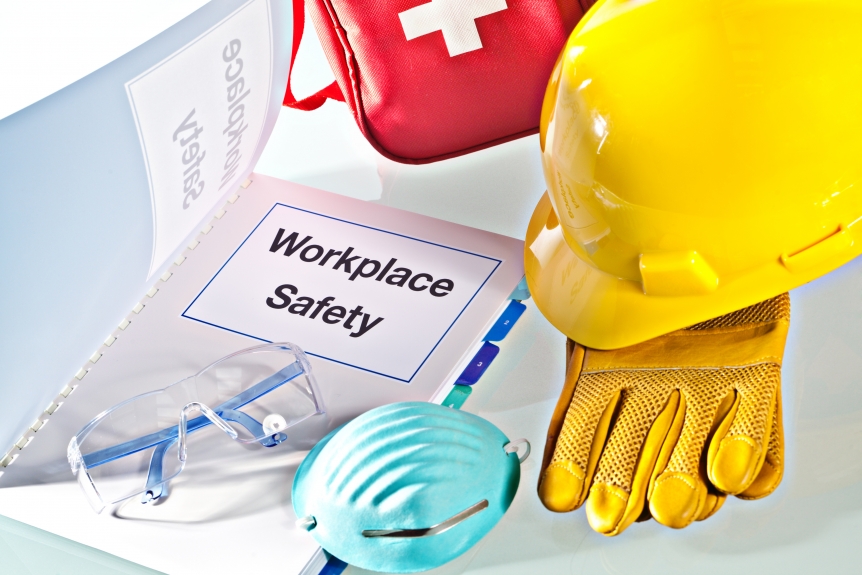By Toby Graham, KPA
The Occupational Health and Safety Administration (OSHA) released new COVID-19 guidance on ventilation in the workplace. Employers should discuss options for optimizing building ventilation with an HVAC professional. Steps that can be taken include:
- Encourage workers to stay home if they are sick.
- Ensure all HVAC systems are fully functional, especially those shut down or operating at reduced capacity during the pandemic.
- Remove or redirect personal fans to prevent blowing air from one worker to another.
- Use HVAC system filters with a Minimum Efficiency Reporting Value (MERV) rating of 13 or higher, where feasible.
- Increase the HVAC system’s outdoor air intake. Open windows or other sources of fresh air where possible.
- Be sure exhaust air is not pulled back into the building from HVAC air intakes or open windows.
- Consider using portable high-efficiency particulate air (HEPA) fan/filtration systems to increase clean air, especially in higher-risk areas.
- When changing filters, wear appropriate personal protective equipment. ASHRAE recommends N95 respirators, eye protection (safety glasses, goggles, or face shields), and disposable gloves.
- Make sure exhaust fans in restrooms are fully functional, operating at maximum capacity, and are set to remain on.
- Encourage workers to report any safety and health concerns.
Remember, airflow is not a complete virus mitigation strategy. Make sure employees wash hands frequently, maintain social distancing, and disinfect shared surfaces regularly in addition to following other guidelines from local health authorities.
Read Toby Graham’s full article here.
Contact a member of the Murray Risk Control Team at 717.397.9600 for additional assistance on resources and tools for prevention, including materials contained in the Succeed / KPA risk management platform.
Share this Post

